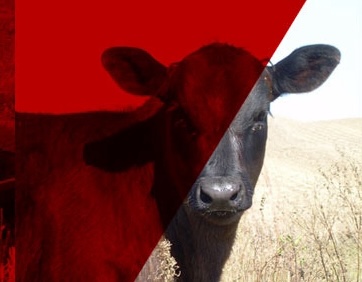Some producers think of compensatory gain as “free gain.” If you’re buying calves in the spring for summer grazing, that might be a reasonable perspective. The lighter weight “green” calves you buy gain more on the same feed resource compared to calves that were previously on a higher plane of nutrition and gaining at a higher rate before purchase. However, for retained calves, the economics shift. The higher cost of winter gain, due to spreading fixed costs like forage, labor, and equipment over fewer pounds of gain, may not be fully offset by increased summer growth rates.
When comparing a target winter gain of 2.0 lb/day vs. 0.8 lb/day by feeding more supplement on corn residue, the extra feed cost averaged about $50 per head over an 18-year period. However, even after compensatory summer gain, the calves with the higher winter rate of gain were still about 70 lb heavier in September. Looking at 18 years of market data, targeting higher winter gains was more profitable in 17 out of 18 years when selling summer yearlings in September. On average, the return was $28 per head higher for calves gaining 2.0 lb/day in the winter rather than 0.8 lb/day. This suggests that for retained calves, targeting higher winter gains is a better economic strategy than relying on summer compensatory growth.
But does higher winter growth require lower summer stocking rates? Not necessarily. It is often assumed that lighter calves consume less forage, but calves that are lighter due to reduced winter growth compensate by consuming more relative to their body weight in the spring and summer. Research shows that they end up eating the same dry matter per day as heavier calves. As a result, stocking rates (head per acre) should remain the same, regardless of winter growth rate and thus, body weight differences. Bottomline, targeting summer compensation may not be the most profitable option when retaining calves and selling as yearlings.
For those interested in a deeper dive into the research behind this article, the studies can be found here:
- Winter growth rate and timing of Marketing on Economics of Yearling Systems. 2021. Nebraska Beef Report.
- Escape Protein Supplementation of Yearling Steers and Summer Born Calves on Native Sandhills Range. 2000. Nebraska Beef Report
- Undegradable Intake Protein Supplementation of Compensating, Grazing Steers. 2001. Nebraska Beef Report.
- Interaction of Backgrounding Systems and Implant use of growing calf performance. 2025. Nebraska Beef Report.
Article by Mary Drewnoski, Nebraska Extension Livestock Specialist.

